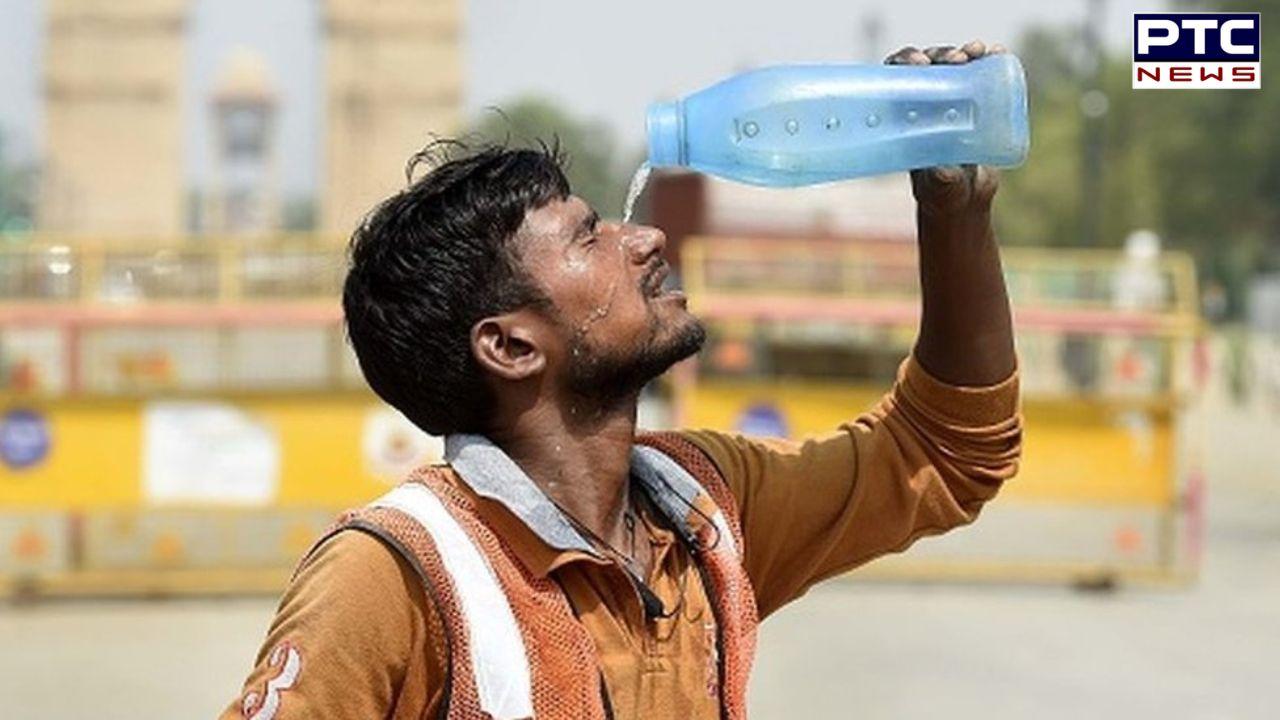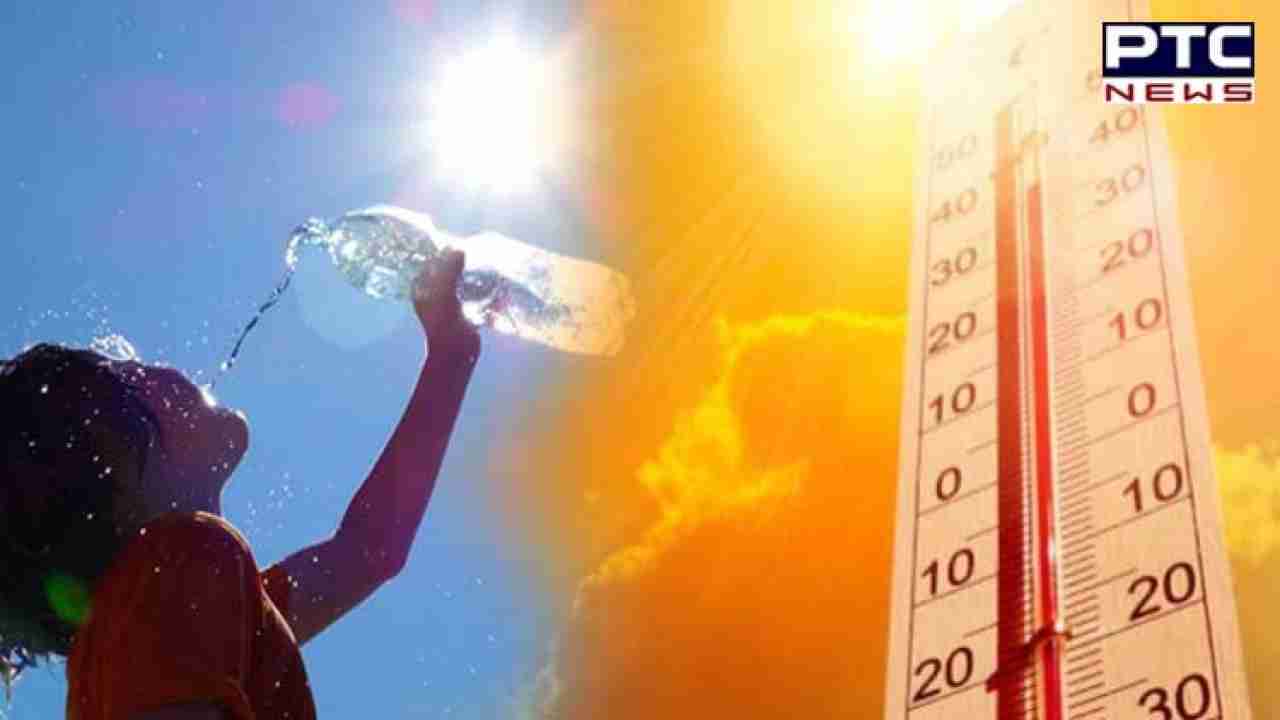- April 3, 2025
- Updated 2:22 am
Heatwave 2024: Health Ministry issues advisory as heatstroke cases, deaths surge | Check Do’s and Don’ts
Heatwave 2024: As heatstroke cases surge across north India due to an unrelenting heatwave, the Union Health Ministry has issued an advisory to Central Government-run hospitals to prioritise treatment for heatstroke patients.
Since May 27, Delhi’s state-run Ram Manohar Lohia Hospital has admitted 45 patients with heat-related issues, reporting nine deaths, with seven occurring in the past two days. Other hospitals in Delhi are also experiencing a high number of heatstroke admissions.
Dr Ajay Shukla, medical superintendent at Ram Manohar Lohia Hospital, highlighted the high mortality rate in heatstroke cases, ranging from 60-70%. “If patients arrive late, organ failure begins rapidly. There is a lack of awareness, and many affected are migrant labourers. Symptoms can be easily missed or mistaken for other conditions, and it’s only when patients faint that their relatives seek hospital care,” he said.
Dr Shukla highlighted the need for increased awareness about heatstroke. “Education is crucial. Immediate cooling measures should be taken if heatstroke is suspected. Use water or ice while transporting the patient to the hospital. We have equipped ambulances to start cooling as soon as they reach patients,” he added.
Delhi has been enduring a severe heatwave for nearly a month, with minimum temperatures surpassing 35 degrees Celsius and maximum temperatures around 45 degrees Celsius. Tap water remains hot throughout the day, and even air-conditioners are struggling to provide relief.

The weather office forecasts that heatwave conditions will persist in most parts of north India for the next 24 hours before abating.
Rajneesh Sareen from the Centre for Science and Environment (CSE) explained the phenomenon of abnormally warm nights. “Construction and concretisation in cities like Delhi have increased significantly. Concrete buildings absorb heat during the day and release it at night, causing minimum temperatures to rise,” said Sareen, programme director for the Sustainable Habitat Programme at CSE.
He said while daytime temperatures had always been high, nighttime relief was diminishing. “ACs are struggling due to the heat island effect. Increased construction and reduced green areas are impacting wind movement. The use of concrete must be reduced to mitigate this effect,” Sareen added.

DDMA’s guidelines to minimise heatwave impact
Avoid going out in the sun, especially between 12 noon and 3 pm
Drink sufficient water and as often as possible, even if not thirsty
Wear lightweight, light-coloured, loose, and porous cotton clothes
Use protective goggles, umbrella/hat, shoes or chappals while going out in sun
Avoid strenuous activities when the outside temperature is high
Avoid working outside between 12 noon and 3 pm
While travelling, carry water with you
Avoid alcohol, tea, coffee and carbonated soft drinks, which dehydrates the body
Avoid high-protein food and do not eat stale food
If you work outside, use a hat or an umbrella and also use a damp cloth on your head, neck, face
and limbs
Do not leave children or pets in parked vehicles
If you feel faint or ill, see a doctor immediately
Use ORS, homemade drinks such as lassi, torani (rice water), lemon water, buttermilk, etc which helps to re-hydrate the body
Keep animals in shade and give them plenty of water to drink
Keep your home cool, use curtains, shutters or sunshade and open windows at night
Use fans, damp clothing and take bath in cold water frequently
Recent Posts
- Crown of goddess Kali, gifted by PM Modi, stolen from temple in Bangladesh
- Hezbollah leader survives assassination attempt amid Israeli strikes that kill 22 in Beirut
- ਕ੍ਰਿਕਟ ਦੇ ਬਦਲੇ ਨਿਯਮ, ਹੁਣ ਇਸ ਕੇਸ ‘ਚ ਦੁਬਾਰਾ ਨਹੀਂ ਮਿਲੇਗੀ ਬੈਟਿੰਗ, ਮੰਨਿਆ ਜਾਵੇਗਾ
- ਸਚਿਨ ਤੇਂਦੁਲਕਰ ਦੇ ਬਰਾਬਰ ਪਹੁੰਚੇ ਜੋ ਰੂਟ, ਪਰ ਵਿਰਾਟ ਦੇ ਇਸ ਰਿਕਾਰਡ ਤੋਂ ਅਜੇ ਵੀ ਦੂਰ
- Ratan tata death: ਸਿਰਫ ਵੋਲਟਾਸ ਹੀ ਨਹੀਂ, ਸਵੇਰ ਤੋਂ ਰਾਤ ਤੱਕ ਤੁਹਾਡਾ ਕੰਮ ਟਾਟਾ ਦੇ ਬਿਨਾਂ ਨਹੀਂ ਚੱਲ ਸਕਦਾ